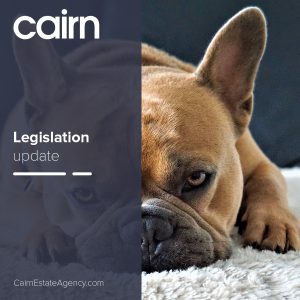The latest property news & information from a trusted source.
Explore our property blogs, select a category from below

Latest update to the Repairing standard – Lead Pipes
Private rented properties as we all know are heavily regulated and in addition to all other requirements expected to be adhered to, all private landlords must ensure that their properties are served by a water supply system that is in a reasonable state of repair and in property working order in accordance to the repairing Standard under the Housing (Scotland) Act 2006. Government guidance.
The Repairing Standard was updated in 2019 and one of the key changes to note is the righter controls of lead present in drinking water which comes into force on the 1st of March 2024.
Lead has been used in drinking water and bathing systems for thousands of years.
Lead service pipes were phased out in the 1960s and became illegal in 1969. Now modern service pipes are made of blue plastic.
Lead pipes, lead lined storage tanks or lead fittings should not be present in the water supply of any rented properties. That applies from the boundary stopcock to the kitchen tap, all drinking water outlets, all pipework to those drinking water outlets, any water storage tanks within the property or in the attic.
What Should Landlords Do?
Following further clarification from Scottish Association of Landlords to Scottish Government, the government has now advised that landlords only need to test for the presence of lead at any outlets between the boundary stopcock and the kitchen tap. A test result of about 3 micrograms or more per litre indicates that some lead is present in the plumbing. Landlords should then identify the location of lead pipes and arrange for any found between the boundary stopcock and the kitchen tap to be replaced.
This amended guidance means that for most properties the only outlet which needs to be tested for lead is the kitchen tap. This overrides previous guidance to also test outlets at the bath, basin and utility room. These outlets would only need to be tested if they are located between the boundary stopcock and the kitchen tap.
What is the Minimum Level?
Water quality regulations set a maximum permitted level of lead in drinking water at 10 micrograms per litre of water. However, a new standard of 5 micrograms per litre of water will be required to be met by 2036. It should be noted that the World Health Organisation’s view is that there is no safe level for lead in drinking water.
What Should I do if Lead is Found in the Drinking Water?
If tests show that the lead content is at or above 3 micrograms per litre, this indicates that there is some lead present in the plumbing. Any tenants must be informed immediately, and you should identify and replace any lead pipework within the property that is not the responsibility of Scottish Water. Once pipework is replaced, the water should be retested.
Short-term precautionary advice to tenants should also be given such as not drinking water that has been standing in pipes for long periods (e.g. overnight or if no-one has been in for several hours) and drawing off a washing-up bowl of water to clear any water which has been standing in the pipes before using it for drinking or cooking.
For information on how you can get your property tested or if you are a tenant who is concerned please contact our team on 0141 270 7878 or 0131 346 4646 or enquiries@cairnletting.com
https://www.gov.scot/publications/repairing-standard-statutory-guidance-landlords/pages/14/
.
 Out of Office Hours
Out of Office Hours Glasgow 0141 270 7878
Glasgow 0141 270 7878

